Customer Facility N10 at MIRA proving ground, Warwickshire.
Not the most arresting setting, but that changes pretty quickly once you are inside. N10 is currently home to what can only be described as a pack of prototypes: snouty, predatory and a little murderous in the case of one that has been subjected to 300,000 miles’ worth of corrosion tests.
Its camo is tatty and long streaks of iron oxide have dribbled down its chin, though the head of vehicle engineering for the Polestar 5, Steve Swift, points out that these ferrous fangs are from the third-party mounts of the light pods needed for night-time testing – they won’t go anywhere near the finished article.
So when do we get to see and drive that finished article? It will be next year, when this four-door, pure-electric GT launches with a headline figure of 872bhp.
Targets include the Porsche Taycan, which Polestar is aiming to particularly skewer in terms of rear passenger comfort, as well as the Tesla Model S (build quality) and even the upcoming plug-in hybrid BMW M5 (desirability).

Anything quick, premium and with proper back seats, basically. As for how the most specialised Polestar so far will challenge such an undeniable breadth of talent, that’s what we’re here to learn.
Every Polestar to date has been spun off a turnkey Volvo chassis, but the 5 is very different from an engineering perspective. More than that, both the processes and the technologies involved are reminiscent of what you would typically find in the world of low-volume sports car manufacturing.
For example, the 5 will have its own bonded aluminium chassis with “supercar” levels of stiffness claimed, while the steering and suspension systems have also been designed from the ground up by Polestar’s MIRA-based UK R&D operation.


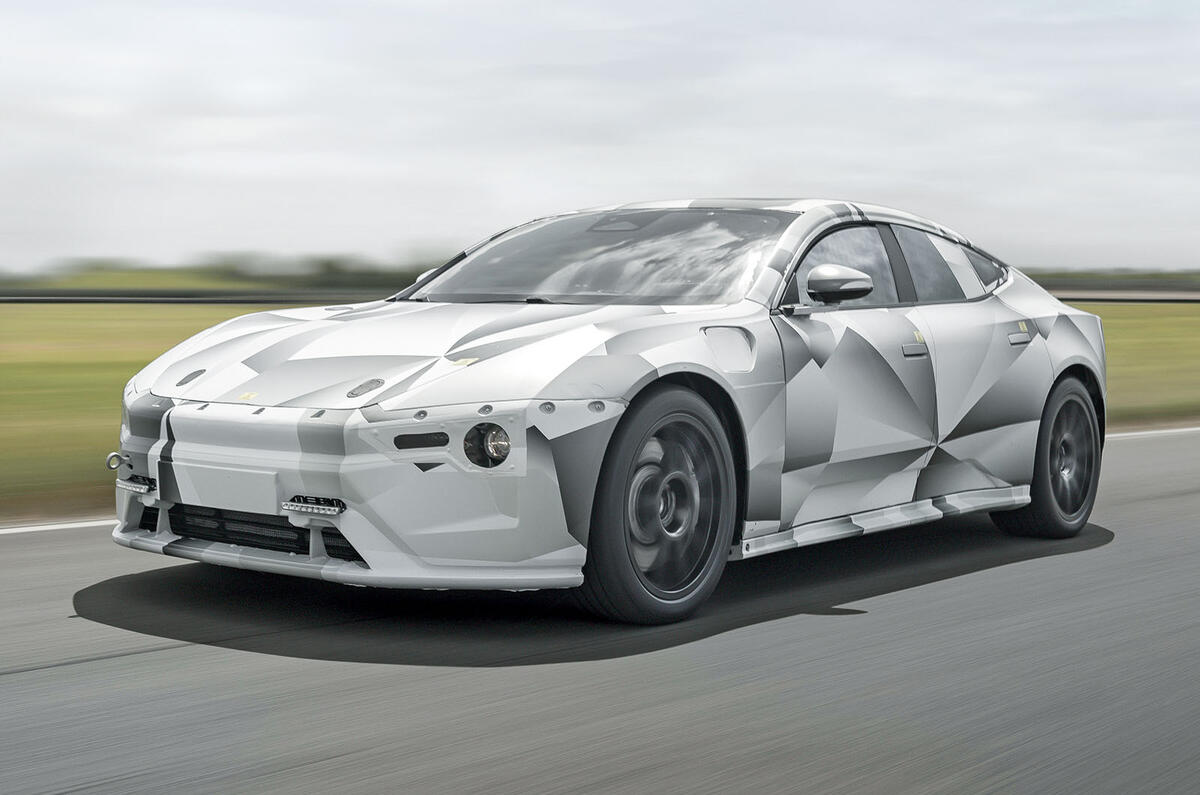
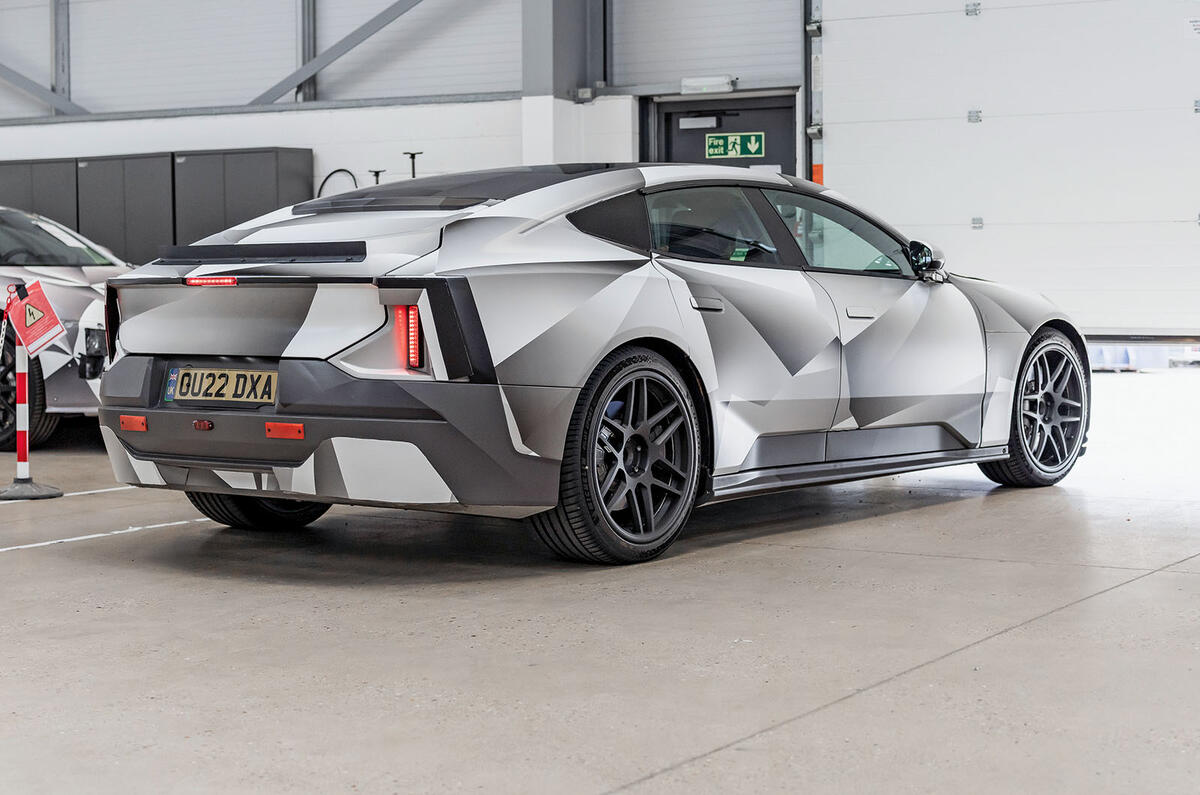

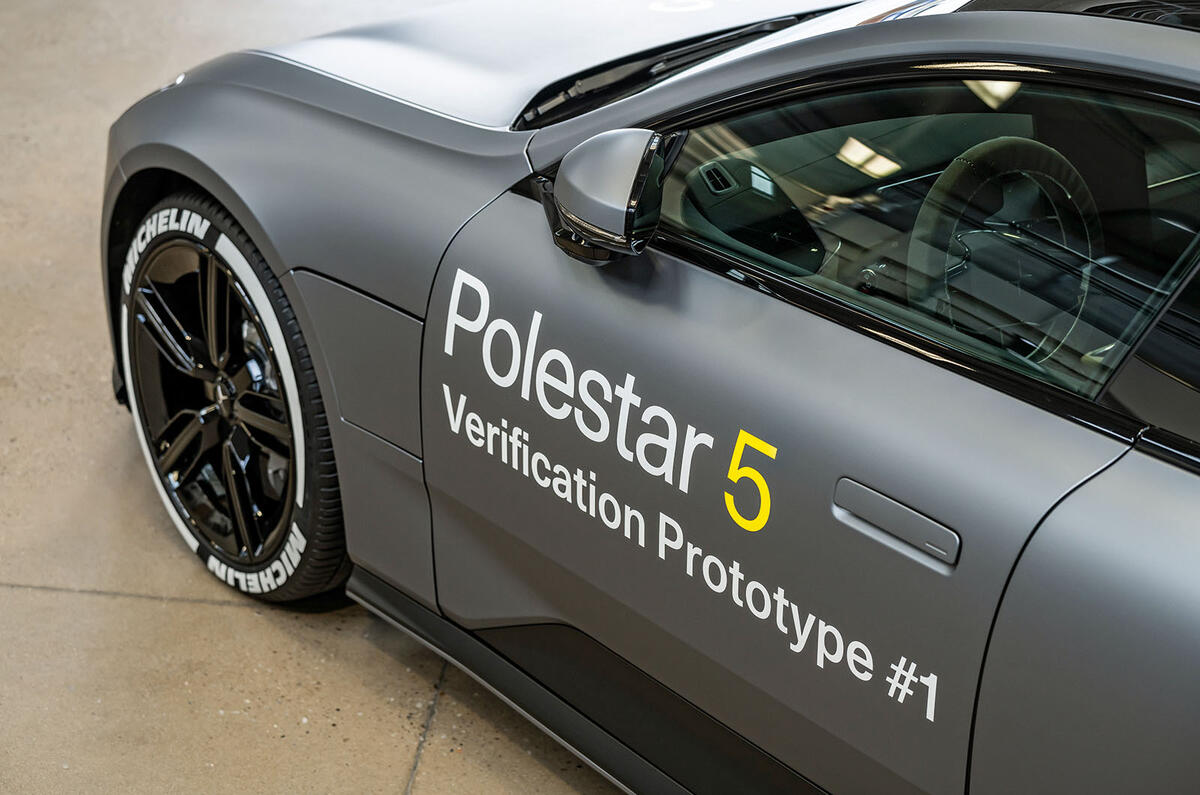

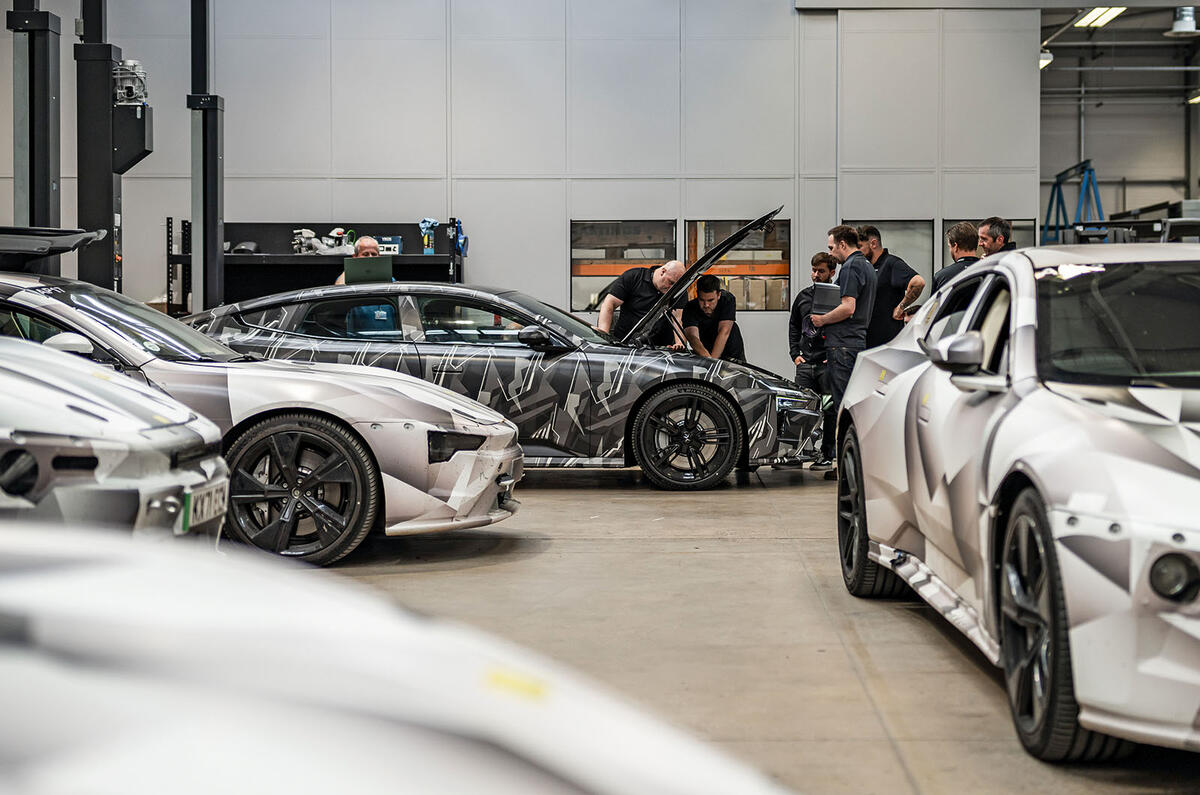

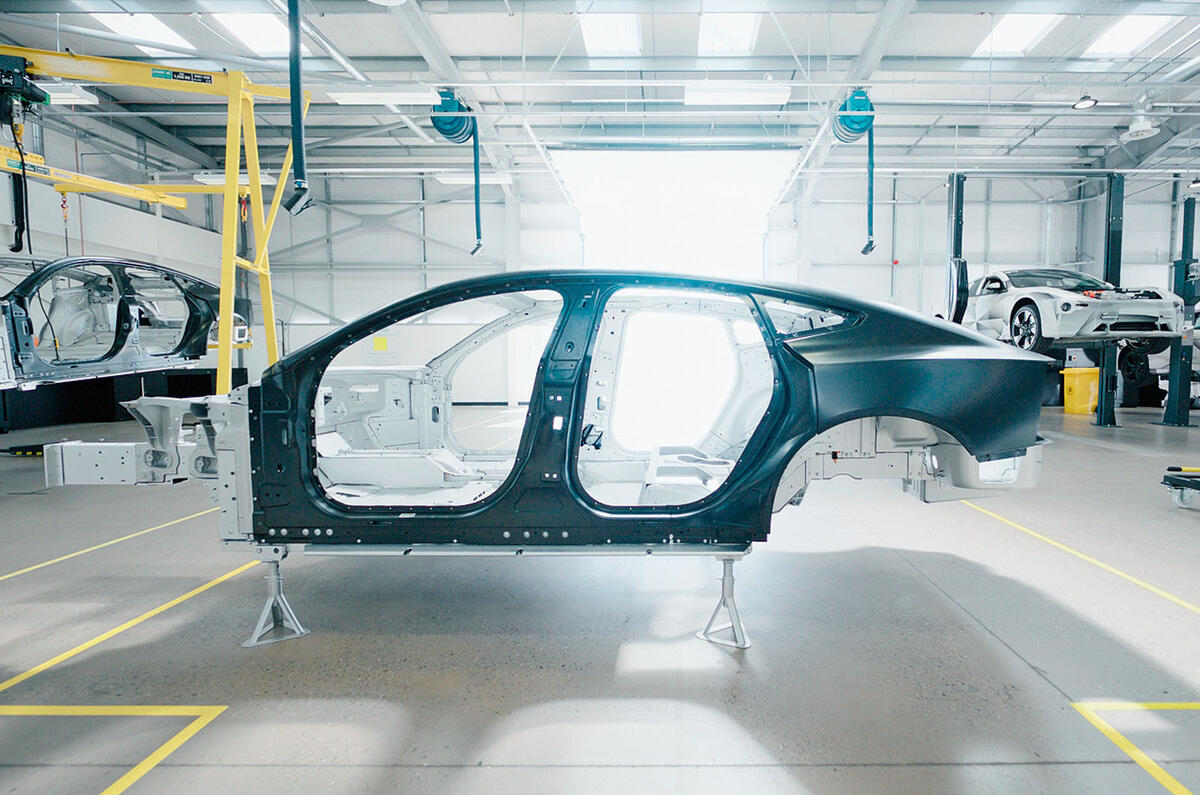














Add your comment